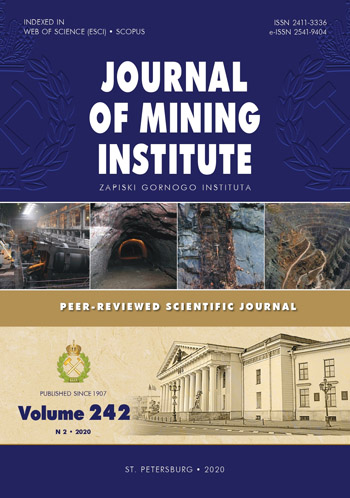Effective capacity building by empowerment teaching in the field of occupational safety and health management in mining
- 1 — Ph.D., Dr.Sci. President Technische Hochschule Georg Agricola University ▪ Scopus
- 2 — International lecturer Technische Hochschule Georg Agricola University
- 3 — Ph.D. Vice-Head Hanoi University of Mining and Geology
- 4 — Ph.D., Dr.Sci. Head of Department Saint Petersburg Mining University ▪ Orcid ▪ Elibrary ▪ Scopus ▪ ResearcherID
Abstract
The paper is dealing with a developed concept named Empowerment Teaching, which is based on practical teaching experience gained in various mining universities. It is demonstrated that this concept can be used to increase the effectiveness of knowledge transfer to mining countries in the world, as well as to overcome cultural barriers between lecturers and their students. The two models of participatory training, which are proposed to be named “physical” and “emotional” models, are portrayed. The authors are convinced that participatory training methods can be an ideal answer to a challenge associated with workers’ competencies in mining, namely – the potential of highly motivated and well-educated young academics is often diminished by a lack of ability to apply their knowledge. A special emphasis is made on the possible application of empowerment teaching for educational and training activities in the field of occupational safety and health (OSH), which is a matter of utmost importance for the mining industry. Several benchmarking initiatives in the field of OSH (“safety culture”, zero-accident vision) are underlined to be encouraged and promoted by means of new teaching methods. The examples of successful international cooperation among universities are given, as well.
